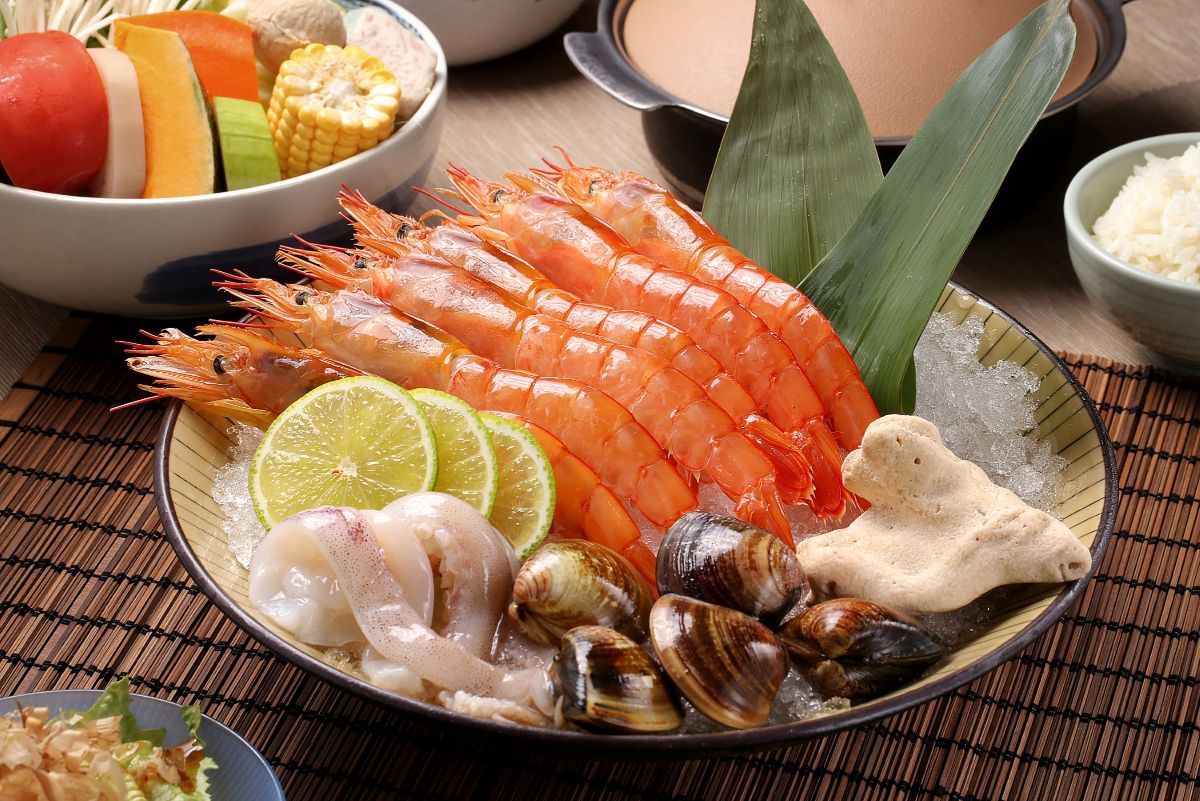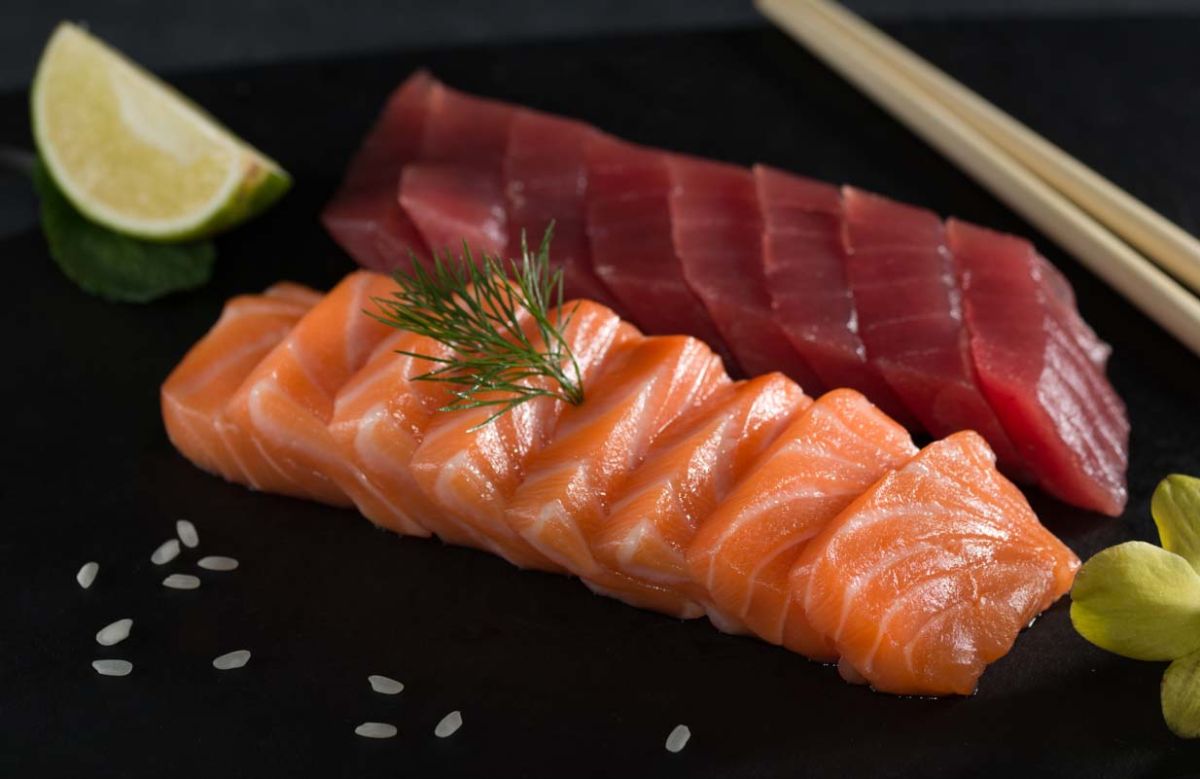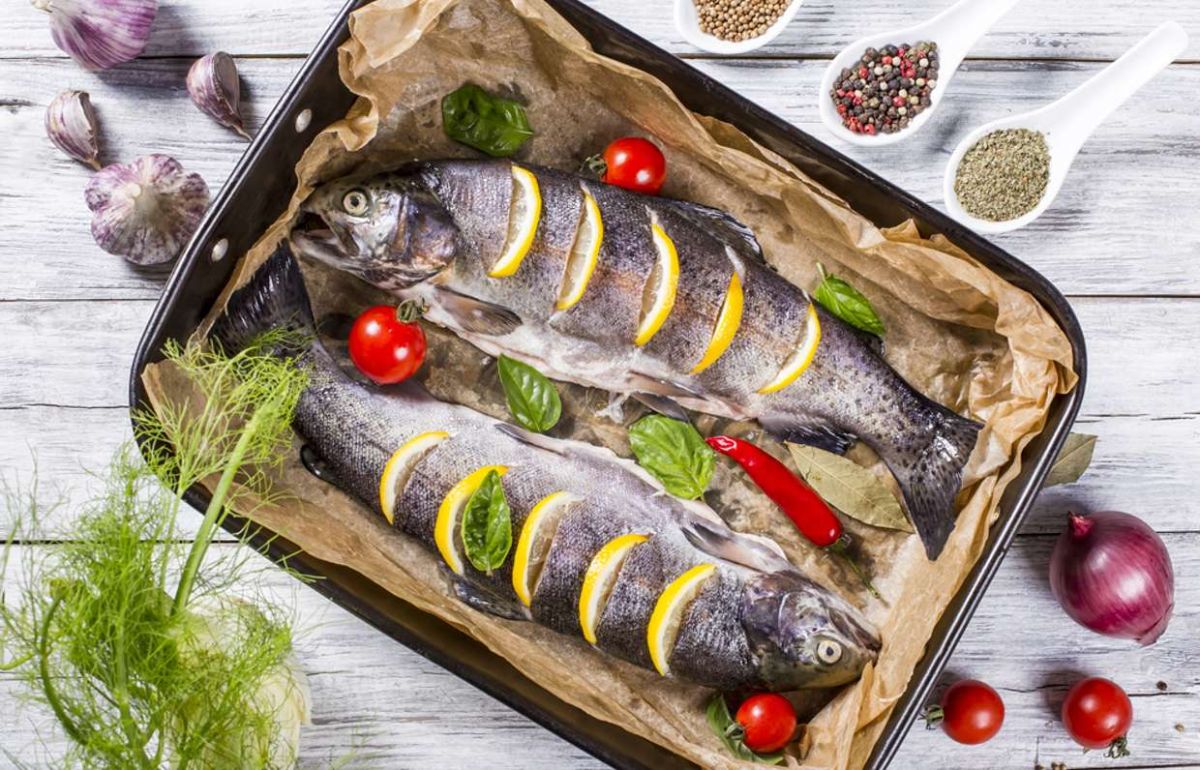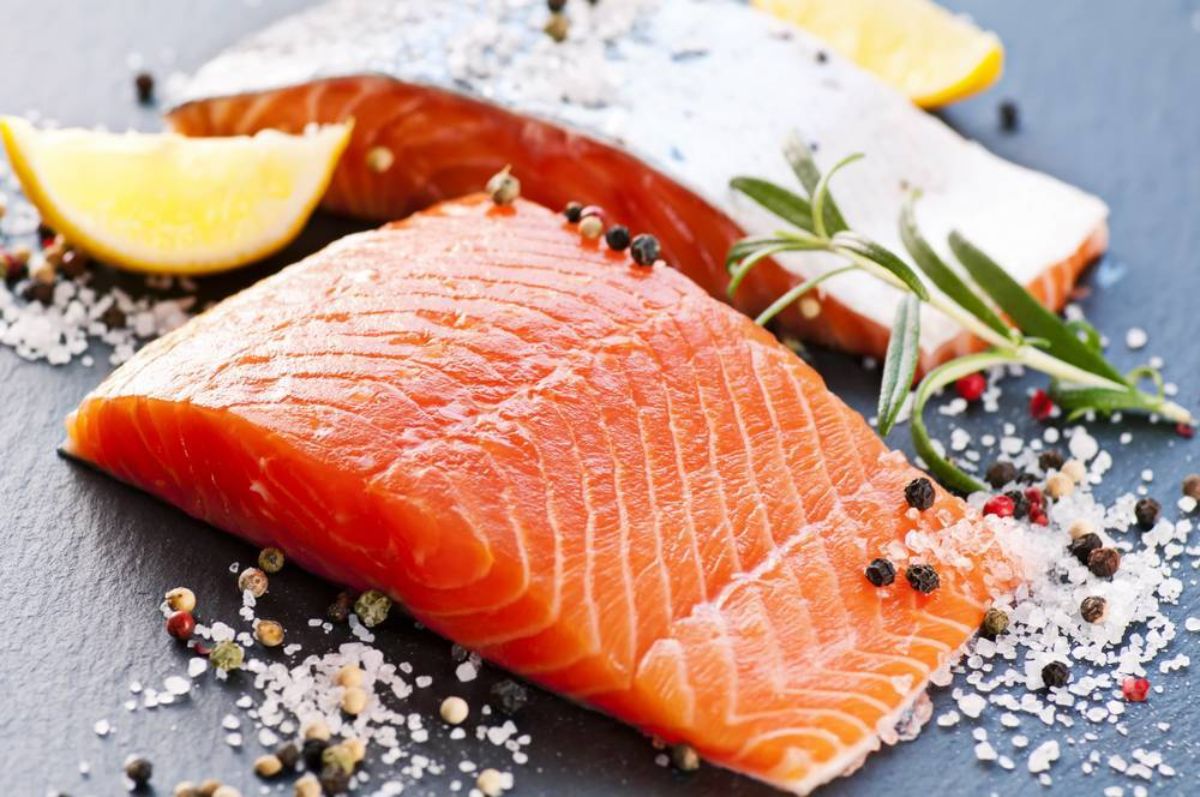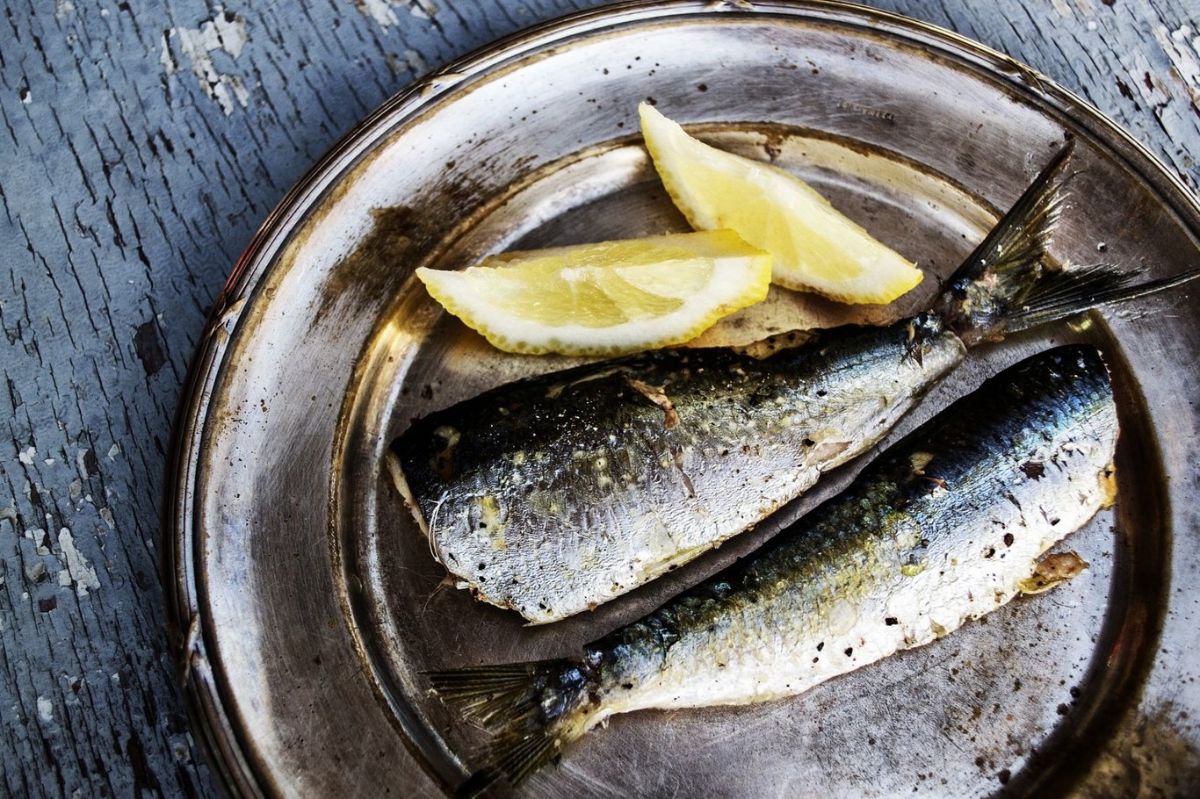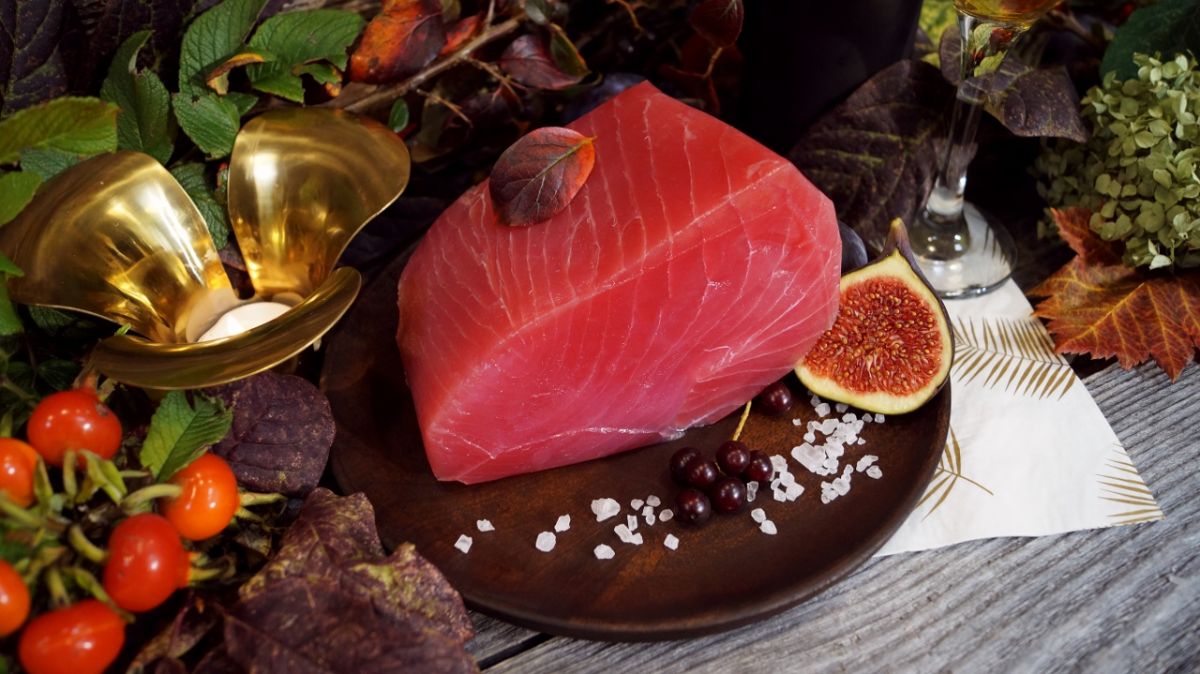Which seafood are the most useful according to scientists – Top 8
Almost all seafood is rich in valuable proteins, vitamins, minerals, antioxidants and omega-3 fatty acids.
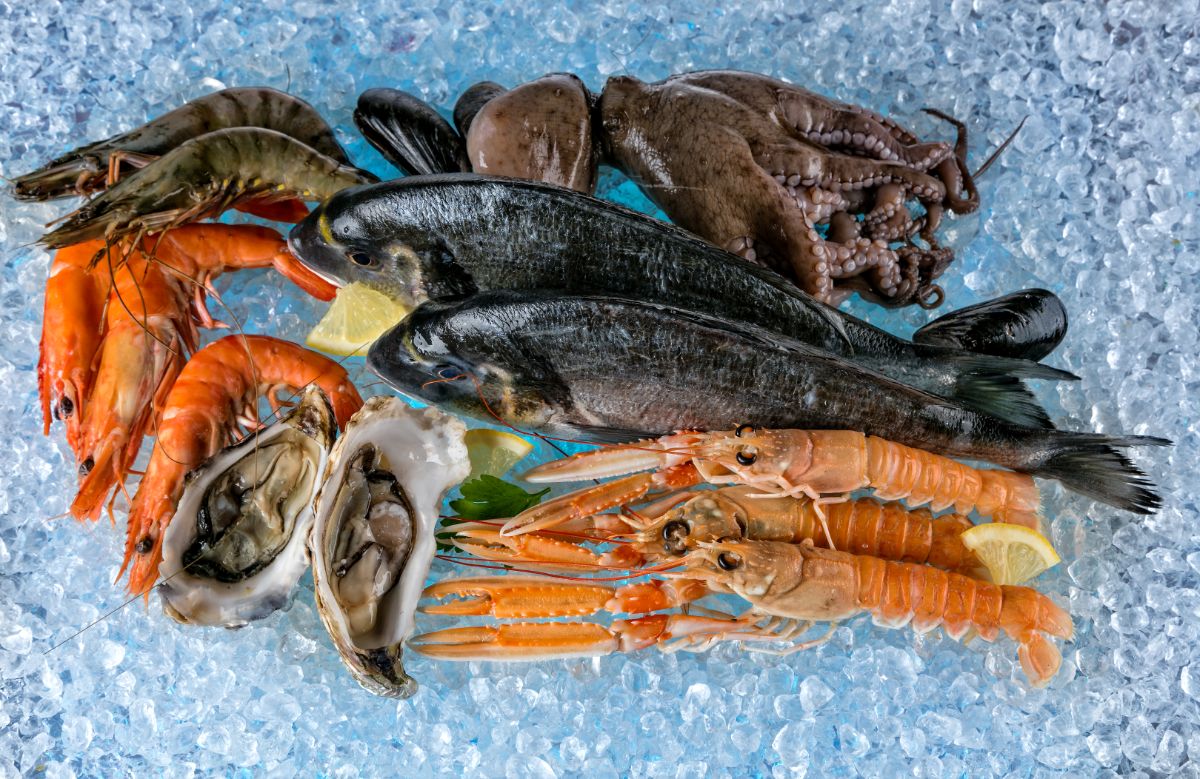
Scientists associate their use with good health and longevity by reducing the risk of developing the most common diseases in humans.
Top 8 most useful
Below are 8 seafood that can be safely called the healthiest on the planet.
1. Oysters
 Oysters contain
a large amount of valuable nutrients: vitamin D and group B, iron, zinc, copper and selenium.
Oysters contain
a large amount of valuable nutrients: vitamin D and group B, iron, zinc, copper and selenium.
Selenium, according to Australian scientists, reduces the risk of developing a variety of pathologies from the thyroid gland. Vitamin D supports Bone strength and, in combination with zinc, responds for the functional activity of the immune system.
Oysters can be used for the purpose of losing weight, as they depress the hunger centers in the brain.
In addition, their intake contributes to the prevention of B12 and iron deficiency anemia.
Chinese scientists also underline the ability of oysters to prevent the manifestation of type II diabetes mellitus by inhibiting insulin resistance.
2. Wild salmon
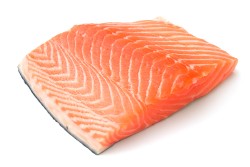 Salmon is the most popular fish in the world. He rich
valuable omega-3 fatty acids that prevent the development of type II diabetes mellitus, malignant tumors, obesity and a number of diseases of the cardiovascular system.
Salmon is the most popular fish in the world. He rich
valuable omega-3 fatty acids that prevent the development of type II diabetes mellitus, malignant tumors, obesity and a number of diseases of the cardiovascular system.
Salmon also contains a huge amount of vitamin D, which regulates sleep, supports bone mineral density, and is responsible for the work of the immune system .
In addition, he rich astaxanin is a powerful antioxidant that inhibits chronic inflammation and reduces the effects of free radicals on all cells of the body.
3. Octopus
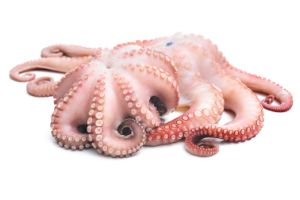 Octopus, although not very popular, was able to gain recognition in almost all cuisines of the world.
Octopus, although not very popular, was able to gain recognition in almost all cuisines of the world.
He contains a large amount of B vitamins, selenium and iron, which cause:
- Prevention and therapy of anemia;
- Improvement of the cognitive sphere (memory, thinking, attention);
- Prevention of neurodegenerative pathologies;
- Reducing the risk of cancer and chronic diseases;
- Normalization Thyroid function .
4. Trout
 Trout is one of the healthiest delicacies. The distinctive features of fish are low mercury content in the composition and high resistance to pathogens.
Trout is one of the healthiest delicacies. The distinctive features of fish are low mercury content in the composition and high resistance to pathogens.
When eating trout, the risk of poisoning or intoxication is extremely low. And its meat has little fat, which makes it a dietary product and an excellent component in the diet of athletes.
According to the data of American studies, trout contains a number of valuable proteins that support muscle mass and provide prevention of sarcopenia – atrophy of muscle fibers in the elderly.
Trout, due to the high level of proteins and low fat content in the composition, is recommended for athletes and the elderly in order to maintain muscle mass.
5. Shrimp
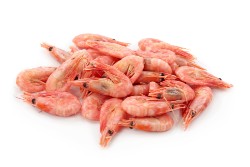 Shrimp abound
valuable nutrients: vitamins (B12), minerals (selenium, zinc, iron, phosphorus), omega-3 fatty acids and antioxidants.
Shrimp abound
valuable nutrients: vitamins (B12), minerals (selenium, zinc, iron, phosphorus), omega-3 fatty acids and antioxidants.
Seafood provides pronounced antioxidant effect, reducing the likelihood of cancerous tumors and pathologies from the heart and blood vessels, the endocrine system.
Shrimps also enhance the aesthetic properties of the skin, prevent baldness and can provide significant assistance in maintaining and reducing body weight.
Shrimps can improve the appearance of the skin and protect the body from the most common pathologies.
6. Mackerel
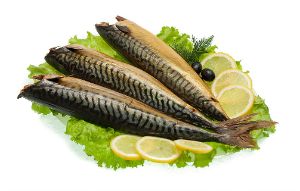 Mackerel is an inexpensive white fish with a rich taste. It is one of the leaders in the content of omega-3 fatty acids and vitamin B12.
Mackerel is an inexpensive white fish with a rich taste. It is one of the leaders in the content of omega-3 fatty acids and vitamin B12.
This kind of fish improves functional indicators of the brain ( memory , attention, thinking, tolerance to stress loads of any kind) and has the most powerful antioxidant activity.
Mackerel can reduce the probability of malignant cell transformation, as well as the risk of developing type II diabetes mellitus and cardiovascular disorders.
High levels of vitamin B12 make mackerel a valuable product in case of anemia caused by chronic pathologies of the stomach and duodenum.
7. Herring
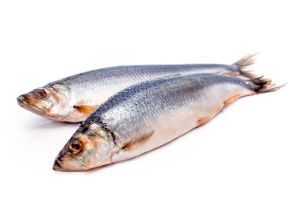 Herring is an extremely nutritious inhabitant of the Pacific and Atlantic Oceans.
Herring is an extremely nutritious inhabitant of the Pacific and Atlantic Oceans.
She is different high content of vitamin B12. This allows the use of fish for the purpose of therapy of B12-deficiency anemia and improvement of the cognitive sphere (memory, attention, thinking).
According to the data researchers from the USA, herring also has a powerful anti-inflammatory effect, comparable in action to nonsteroidal analgesics. In addition, fish prevents a number of diseases of oncological, cardiological and endocrinological profiles.
8. Sardines
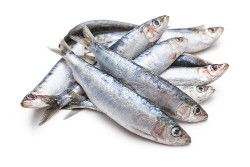 Sardines are some of the cheapest, but extremely useful varieties of fish. They are usually consumed in canned form.
Sardines are some of the cheapest, but extremely useful varieties of fish. They are usually consumed in canned form.
They are rich in omega-3 polyunsaturated fatty acids (100 grams of fish provide a daily requirement).
The product also contains huge amounts of calcium, iron, B vitamins and selenium. Regular consumption of sardines is associated with many benefits for the body:
- Prevention anemia;
- Prevention of cardiovascular diseases;
- Decline risk of developing malignant tumors;
- Normalization brain function and prevention of neurodegenerative diseases.
Tips for choosing and receiving
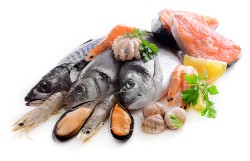 Seafood requires special attention when choosing, storing and cooking, as they become unusable at the slightest change in temperature.
Seafood requires special attention when choosing, storing and cooking, as they become unusable at the slightest change in temperature.
Selection
Regarding shrimp, there are the following selection rules:
- Packaging and labeling. The pack must contain the following information: date of catch and production, shelf life (usually from 4 to 10 months).
- Appearance. High–quality shrimps are whole, of the same size and color. The presence of any spots or stripes on the shell, as well as a violation of its integrity, is a sign of a bad product.
For oysters, the selection algorithm is as follows:
- Catch period. Oysters should be purchased, the catch of which was made from September to April. The rest of the time they multiply and contain more fat.
- Sink. When you try to open the sink, it should immediately slam shut. Slightly open doors, leakage of juices or other substances is unacceptable.
- Smell. Fresh seafood is practically odorless. The aroma of fish or other impurities is a sign of corruption.
- Appearance. When buying oysters without shells, they must all be the same color and size; they must not have spots, stripes.
And high-quality fish must meet the following criteria:
- Storage method. Preference should be given to chilled or freshly frozen fish. Prolonged freezing significantly reduces the amount of nutrients in the composition.
- Appearance. A good fish has shiny and whole scales, mucus, white and yellow spots are absent. The eyes should be convex and shiny, and the body should be elastic and elastic (when pressed, the fossa does not remain).
Preparation and reception
When eating seafood raw, there is a high risk of infection with various diseases (pathogens die during heat treatment) or poisoning (for example, mercury).
The most preferred options for culinary processing are:
- Boiling;
- Extinguishing;
- Baking in the oven.
When choosing canned options, it is better to give preference to seafood in brine or its own juice, but not in oil. You can also use the so-called "sea cocktails".
Conclusion
- Almost any seafood is extremely nutritious. However, even among them there are a number of representatives that are most useful for the human body.
- With the regular inclusion of the seafood listed above in the diet, the health of all body systems improves, malignant tumors are less common, body weight is normalized, bone density and muscle fiber volume are preserved.
- It is recommended to approach with extreme caution the study of products on store shelves and the choice of cooking method in order to maximize their biological potential.
